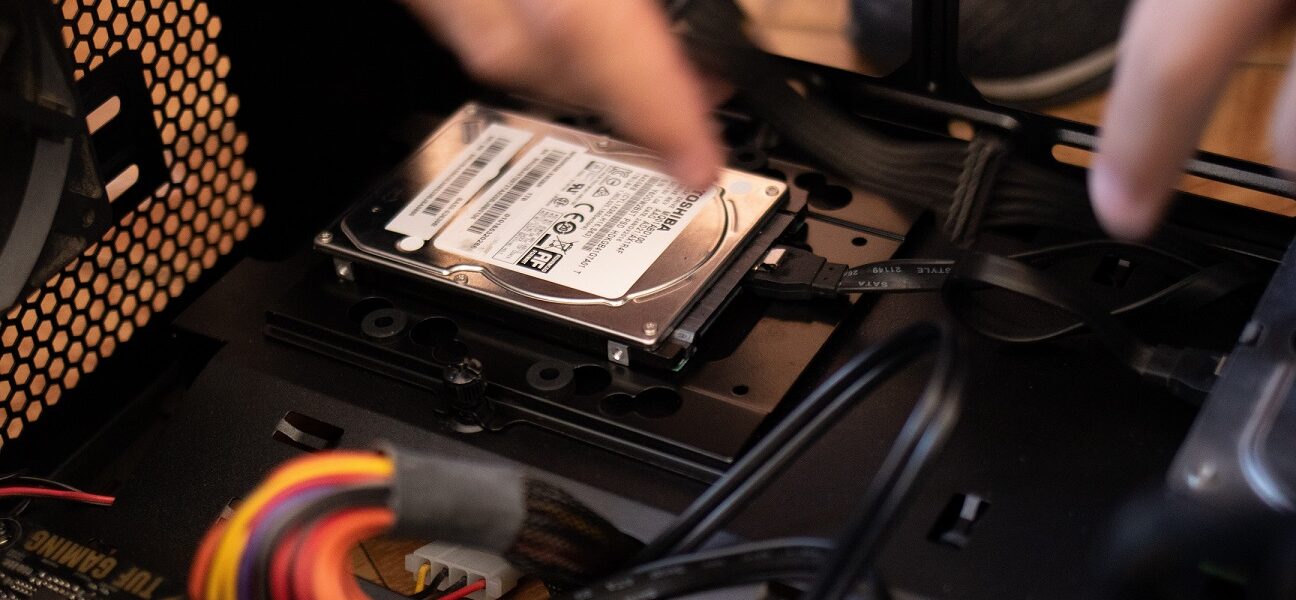The world of guitar effects is a vast and exciting realm, where sound sculptors and tone chasers endlessly seek to create unique sonic landscapes. Whether you’re a seasoned pro or a budding enthusiast, one of the crucial decisions you’ll face is how to assemble your pedal board. In this article, we’ll explore the pros and cons of two main approaches: the do-it-yourself (DIY) pedal board and the pre-made pedal board. Each method has its own set of advantages and disadvantages, making the choice between them an intriguing journey for guitarists.
DIY Pedal Boards: Crafting Your Sonic Canvas
Pros of DIY Pedal Boards:
- Customization: The most significant advantage of a DIY pedal board is the ability to create a completely customized setup. You can tailor the size, layout, and features of your pedal board to match your specific needs and preferences. If you have an unconventional signal chain or unique pedal choices, a DIY board allows you to accommodate them seamlessly.
- Cost-Effective: DIY pedal boards can be more budget-friendly, especially if you’re resourceful and already have materials on hand. You can repurpose existing items like briefcases, wooden boards, or flight cases to construct your pedal board, reducing the cost of your project.
- Personal Satisfaction: Building your pedal board from scratch can be a highly rewarding experience. It offers a sense of accomplishment and a deeper connection to your gear. Plus, it’s an excellent opportunity to develop your DIY skills and creativity.
- Learning Opportunity: DIY pedal boards provide an educational platform for understanding signal flow, soldering, and electronics. You gain a hands-on understanding of how your rig functions, which can be valuable for troubleshooting and maintaining your gear.
- Endless Possibilities: The DIY approach opens up a world of possibilities. You can incorporate unique design elements, add custom features like LED lighting, and experiment with non-traditional materials. Your imagination is the limit.
Cons of DIY Pedal Boards:
- Time-Consuming: Crafting a DIY pedal board can be time-consuming, especially if you’re starting from scratch. The design, construction, and wiring process can be labor-intensive and require a significant time investment.
- Skill Requirements: DIY pedal boards demand a certain level of technical skill. You’ll need some woodworking, soldering, and electrical knowledge to create a functional and safe pedal board. If you lack these skills, there may be a steep learning curve.
- Tools and Materials: Building your pedal board may require access to specific tools and materials, which you may not already have. This can add to the overall cost and complexity of your DIY project.
- Limited Aesthetic Options: While DIY boards offer endless customization possibilities, they may not always have the professional aesthetic of pre-made options. Achieving a sleek and polished look can be challenging for those without advanced woodworking or finishing skills.
Pre-Made Pedal Boards: Convenience and Efficiency
Pros of Pre-Made Pedal Boards:
- Convenience: Pre-made pedal boards are ready to use out of the box. They come with built-in power supplies and often include integrated cable management systems, making setup quick and effortless.
- Professional Aesthetic: Pre-made pedal boards are designed by experts to look polished and sleek. They often feature high-quality materials and finishes, giving your rig a professional appearance.
- Efficient Design: These boards are often intelligently designed to maximize space and pedal arrangement. You don’t need to worry about planning the layout, as it’s already optimized for the best signal flow and accessibility.
- Reduced Setup Time: With pre-made pedal boards, you can dramatically reduce the time it takes to set up your gear. Everything is neatly organized and often comes with labeled input and output jacks, streamlining the connection process.
- Consistency: Pre-made pedal boards are built with consistent quality and specifications. You can trust that the power supply, pedal spacing, and routing options will work harmoniously, providing a dependable platform for your effects.
Cons of Pre-Made Pedal Boards:
- Limited Customization: While pre-made pedal boards are efficient and aesthetically pleasing, they may not accommodate unique signal chains or unusual pedal sizes. Customization options are often limited.
- Cost: The convenience and quality of pre-made pedal boards often come at a higher price. If you’re on a tight budget, the initial investment may be a significant consideration.
- Size Constraints: Pre-made pedal boards are available in various sizes, but if you have specific size requirements, finding the perfect fit can be challenging. This may lead to compromising on your desired pedal arrangement.
- Lack of Learning Opportunity: If you’re interested in learning more about pedal board construction, a pre-made board won’t offer the same educational experience as a DIY project. You won’t gain hands-on knowledge of wiring, electronics, or construction.
The choice between a DIY and pre-made pedal board ultimately depends on your individual needs, preferences, and skill level. If you value customization, enjoy DIY projects, and are willing to invest time and effort, a DIY pedal board can be a highly rewarding endeavor. It offers a canvas for your creativity and a unique connection to your gear.
Conversely, if you prioritize convenience, a professional appearance, and efficient setup, a pre-made pedal board is an excellent choice. It’s ideal for gigging musicians who need a reliable, quick-to-set-up solution and for those who prefer a polished, consistent look.
However, the line between DIY and pre-made pedal boards isn’t rigid. You can find a middle ground by customizing a pre-made board to suit your needs or starting with a pre-made board as a base and adding DIY elements for a unique touch. Ultimately, the decision is a matter of personal preference and aligning with your musical journey. Whether you choose to construct your pedal board from scratch or rely on a pre-made solution, the end goal is to enhance your musical expression and embark on a toneful adventure.

